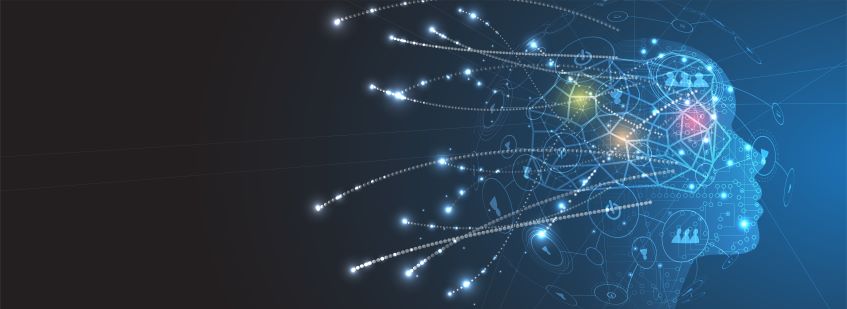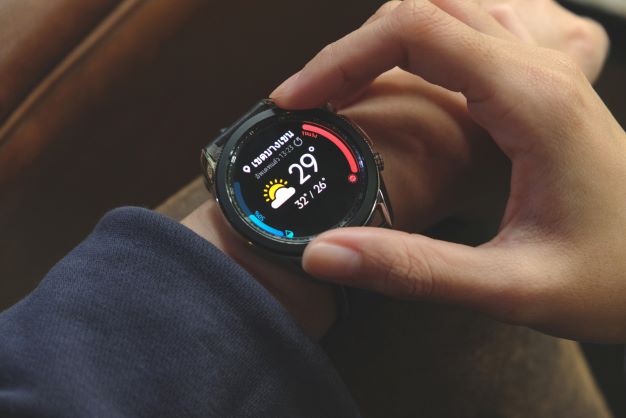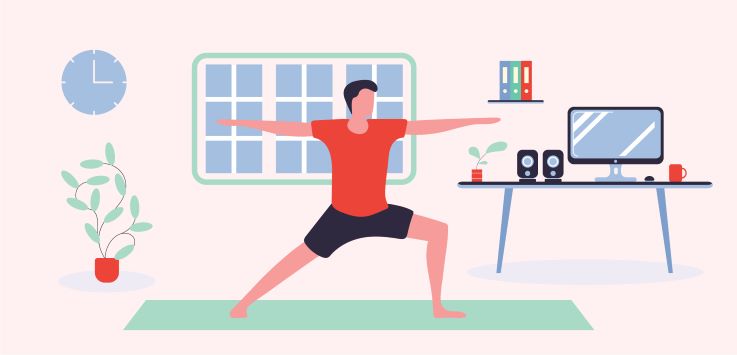We all want to perform our best, both physically and mentally. Whether it’s getting in shape, boosting memory or improving overall health, we love trying to better ourselves.
Self-improvement is the basis of biohacking: a means of becoming the best possible version of yourself by manipulating your own biology. But the scope of biohacking has grown over the years and the lengths individuals will take to “improve” themselves seem boundless.
So, what does “biohacking” really mean? Is it safe to practice and how can you apply its principles to upgrade your own life?
What is Biohacking?

Also known as “DIY biology”, biohacking covers a wide range of activities that stem from the desire to develop the best possible version of ourselves. According to David Asprey—the “founding father” of the movement—biohacking is about changing the environments both around and inside of us to gain control of our own biology.
The underlying principle to biohacking, according to Asprey, is a systems-thinking approach to one’s own biology; that everything you put into your body has a significant impact on how you feel. This doesn’t refer only to your diet—what you put into your stomach—but it can also be what you put into your ears, such as the music you listen to, as this can also affect how you feel.
Essentially, what goes into your body affects what comes out. So, if you want to have better concentration, attention span, memory, performance and overall health, biohacking dictates that you need to pay attention to and control exactly what you put into your body.
The Principles of Biohacking

There are many different approaches to biohacking, some more invasive than others. A good base of attainable principles can be taken from a biohacking conference held in 2014. Some of these principles include:
- Correcting your posture, to restore natural mobility
- Eating highly nutritious food, to gain focus, health and energy
- “Rewilding” yourself with nature, to gain nourishment through food, sunlight and fresh air
- Experiencing and showing true gratitude every day
Biohacking is a broad term that covers a multitude of practices that aim to improve energy and vitality. It can mean manipulating your diet and thoughts, using technology and self-tracking, and even “editing” your genetics (an unregulated and highly controversial area that exists on the fringes of the biohacking spectrum).
Let’s take a closer look at each area of biohacking.
Biohacking and the diet
Many biohackers believe in following a healthy and nutritious diet—one that’s often based on organic produce, avoiding refined sugars and processed food.

There are debates about the role of carbs in the diet, the necessity of supplements such as Bulletproof Coffee and the benefits of intermittent fasting to help optimise the body’s uptake of nutrients. But, for most, a biohacking approach incorporates a largely healthy diet that avoids toxins and processed food.
Biohacking and the mind
You don’t need to drastically change your diet or lifestyle to reap the benefits of biohacking—you can simply alter your mindset.

Whether you’re aware of Richard Curtis’ message in About Time about choosing to “live every day twice”, or if you’ve picked up Jocko’s "good" response to every bad situation, the power of your mind can dictate your experience of real life.
When you remember that the underlying principle of biohacking is that what you put in directly affects what you get out, it’s easier to cultivate your thoughts in a more positive direction.
Meditation is also a common (and widely accessible) biohacking practice.
Biohacking and technology
Not as scary as it sounds, using wearable technology (such as a fitness tracker or step counter) can be used for biohacking. Especially useful to those new to biohacking, wearable technology can help improve your health by encouraging you to take more steps, sleep more and eat healthier.

There are other types of technology that biohackers might use, such as implant technology—revealing a more extreme edge to biohacking.
The Extreme Side of Biohacking
The other end of the biohacking spectrum involves individuals who insert technology under their skin, inject gene-editing kits such as CRISPR, partake in sensory enhancement or spend $200k on biohacking in an attempt to improve their lives.
Many of these approaches are controversial and unregulated and is the type of biohacking that is often covered by the press for these reasons. But not all biohacking has to be so extreme—it can be simple and easy to implement into your daily life.
How to Biohack Your Own Life (Safely)

Putting aside the extreme manipulations some individuals want to take to upgrade their bodies, here are a few simple biohacking steps you can try to improve your life:
- Use your phone to track and improve your sleep, steps and daily exercise
- Practice meditation and the art of mindfulness
- Eliminate toxins from your diet and environment
- Cut back on sugar and refined foods
- Eat more healthy fats (and don’t be scared of them!)
- Get daily sun exposure to help regulate your circadian rhythm
- Try intermittent fasting to help normalise your hormones and hunger signals
There are some safe therapies many biohackers swear by that you can try to see if it boosts your mood, health and concentration, such as:
- Cryotherapy – a short exposure to very cold temperatures, said to aid muscle recovery, reduce stress and anxiety and reduce inflammation
- Red light therapy – a non-invasive and chemical-free therapy that may reduce inflammation, relieve pain and boost collagen production
Do Your Own Research on Biohacking
As with all wellness claims and trends, it pays to do your own research. As the term ”biohacking” covers such a broad spectrum of practices and beliefs, it would be worthwhile reading around the concept to truly educate yourself about what it involves and whether biohacking is something that aligns with your lifestyle.


